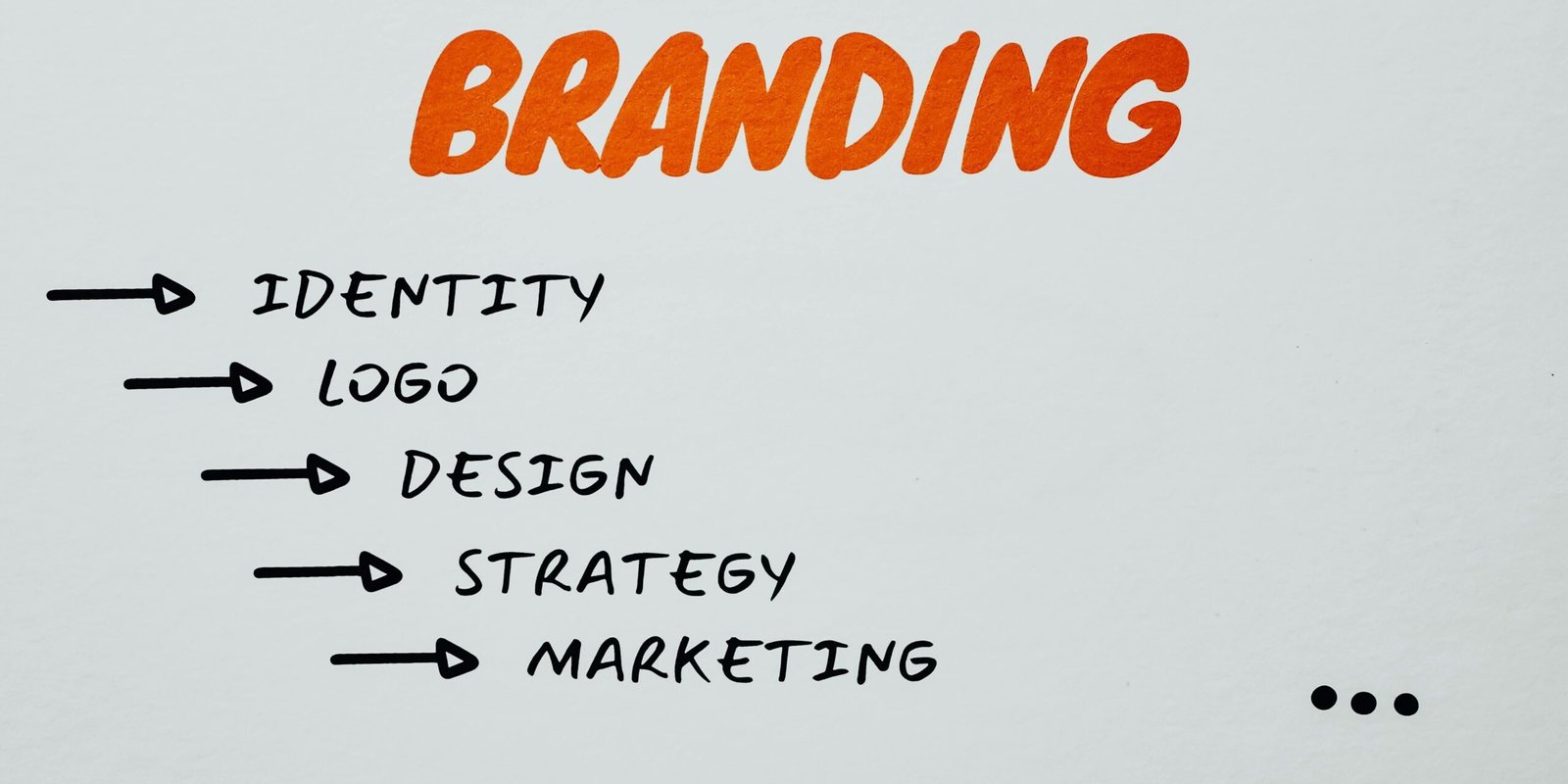How to Sue for Wrongful Termination
How to Sue for Wrongful Termination: A Comprehensive Guide
Losing your job unexpectedly can be a distressing experience, especially if you suspect that it was unjust or unlawful. If you believe you were wrongfully terminated, you have the right to seek legal recourse. In this in-depth guide, we’ll provide you with a step-by-step approach to suing for wrongful termination, covering everything from understanding the laws to navigating the legal process and seeking compensation.
Understanding Wrongful Termination Laws
The first step in pursuing a wrongful termination case is to understand the laws governing employment termination in your jurisdiction. These laws vary from state to state and may include protections against discrimination, retaliation, breach of contract, or violations of public policy. Familiarize yourself with these laws to determine if your termination qualifies as wrongful under applicable statutes.
Gathering Evidence to Support Your Claim
Evidence is crucial in any legal proceeding, and wrongful termination cases are no exception. Begin by gathering all relevant documentation, including employment contracts, performance evaluations, emails, and witness statements. Document instances of discriminatory treatment, retaliation, or breaches of contract leading up to your termination. The more evidence you have to support your claim, the stronger your case will be.
Consulting with an Employment Lawyer
Navigating the complexities of a wrongful termination case can be challenging on your own. Therefore, it’s essential to seek guidance from an experienced employment lawyer who specializes in handling such cases. Schedule a consultation to discuss the specifics of your situation, and let the lawyer assess the merits of your case. A knowledgeable attorney can provide invaluable advice and representation throughout the legal process.
Exhausting Administrative Remedies
Before filing a lawsuit, you may be required to exhaust administrative remedies by filing a complaint with the appropriate government agency. In the United States, this typically involves submitting a charge of discrimination with the Equal Employment Opportunity Commission (EEOC) or your state’s equivalent agency. The agency may investigate your claim and attempt to resolve it through mediation or other means before allowing you to proceed with a lawsuit.
Filing a Complaint in Court
If administrative remedies fail to resolve your dispute, your next step is to file a complaint in court. Your attorney will help you draft the complaint, which should outline the facts of your case, the legal basis for your claim, and the relief you are seeking. This may include reinstatement, back pay, front pay, and damages for emotional distress or other losses incurred as a result of the wrongful termination.
Navigating the Discovery Phase
Once the complaint is filed, the case enters the discovery phase, during which both parties exchange relevant information and evidence related to the case. This may involve written interrogatories, requests for documents, and depositions of witnesses. Your attorney will guide you through the discovery process and ensure that all necessary evidence is obtained to support your case.
Exploring Mediation or Settlement Negotiations
Before proceeding to trial, you may have the option to participate in mediation or settlement negotiations with your former employer. Mediation is a voluntary process in which a neutral third-party mediator facilitates discussions between the parties to reach a mutually agreeable resolution. Settlement negotiations may result in a financial settlement or other concessions from your former employer in exchange for dropping the lawsuit.
Preparing for Trial
If mediation or settlement negotiations are unsuccessful, your case will proceed to trial. During the trial, both sides will present their arguments and evidence before a judge or jury. Your attorney will represent you in court, presenting witnesses, cross-examining opposing witnesses, and making legal arguments to support your case. The outcome of the trial will ultimately determine whether you are awarded damages for wrongful termination.
Verdict and Appeal
After hearing all the evidence, the judge or jury will render a verdict. If the verdict is in your favor, you may be awarded damages to compensate you for the losses incurred as a result of the wrongful termination. However, if you are dissatisfied with the outcome, you may have the right to appeal the decision to a higher court. The appeals process allows you to challenge any legal errors or irregularities that may have occurred during the trial.
Conclusion: Seeking Justice for Wrongful Termination
Suing for wrongful termination is a complex and challenging process that requires careful planning, preparation, and legal expertise. By following the steps outlined in this guide and working closely with an experienced employment lawyer, you can assert your rights and seek justice for the unfair treatment you have experienced. Remember, you are not alone, and there are legal avenues available to help you hold your former employer accountable for their actions.
- 47 views





